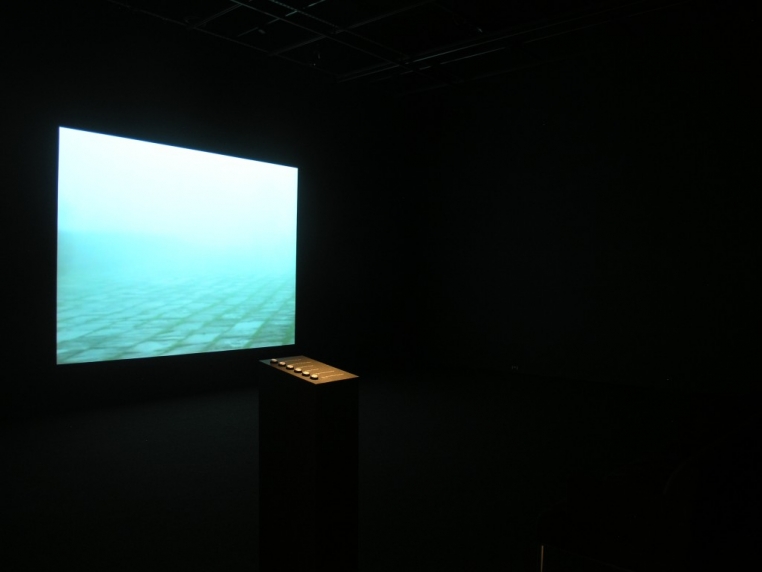
Poet, performance artist, and filmmaker Ellen Zweig explores the cultural encounters that are the result of travel in HEAP, a series of videos portraying China through Western eyes. The title refers to a philosophical and philological conundrum: how many of a particular thing do you need before the conglomeration can be called a “heap?” Created over a period of several years, each of the evocative videos in HEAPpresents an experimental portrait of a thinker influenced by Chinese culture.
(The Chinese Room) John Searle refers to philosopher John R. Searle, whose “Chinese Room Thought Experiment” argues against the possibility of strong artificial intelligence. In (tongue tongue stone) G.W. Leibnitz, Zweig alludes to the theories of German philosopher G.W. Leibnitz (1646-1716), whose misinterpretation of the I Chingcorroborated his system of binary arithmetic. (unsolved) Robert van Gulik explores assumption and illusion through the varied interests of Robert van Gulik, the Dutch diplomat, sinologist, and mystery writer. a surplus of landscape investigates the links between travel and the landscape, landscape and memory, memory and truth. The potential of images to deceive becomes apparent as we question where we are and where we are going. (flick flight flimsy) Ernest Fenollosa delves into language—its sound, image, and meaning. The video references Ernest Fenollosa’s essay: The Chinese Written Character as a Medium for Poetry, controversial to some and inspiring to others. In (the origin of bitterness) Joseph Rock, Zweig uses explorer and self-taught botanist Joseph Rock’s translations of the religious texts of the Naxi tribe of southwest China as a means of contemplating loss.
The six videos that so far comprise HEAP question our interactions with other cultures, our motivations, expectations, and experiences. They explore the gestures of daily life that link identity to place and culture, and the ways in which language, in its physical, visual, aural, and communicative characters, is the primary medium through which we might understand, or misunderstand, one another.
Ellen Zweig: HEAP was funded by the E. Franklin Robbins Art Museum Fund and Wellesley College Friends of Art.
Elaine Mehalakes
Kemper Curator of Academic Programs